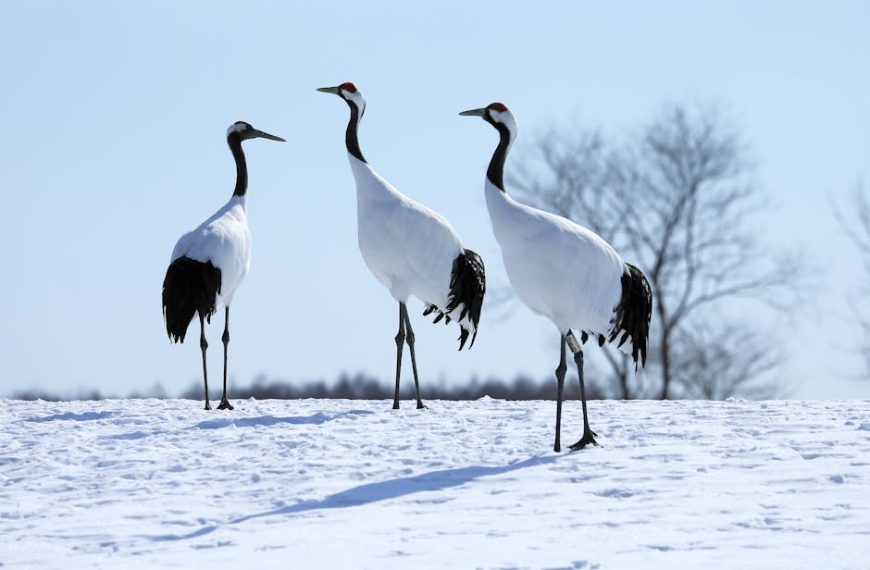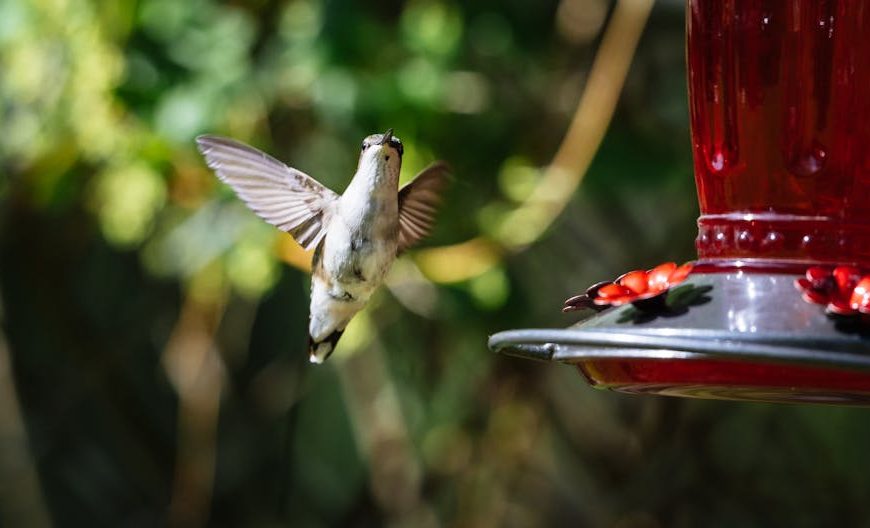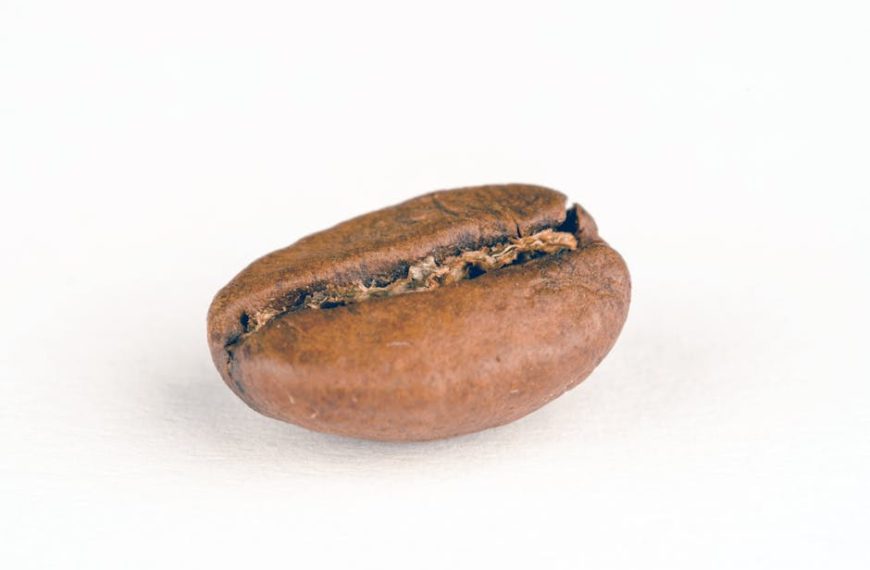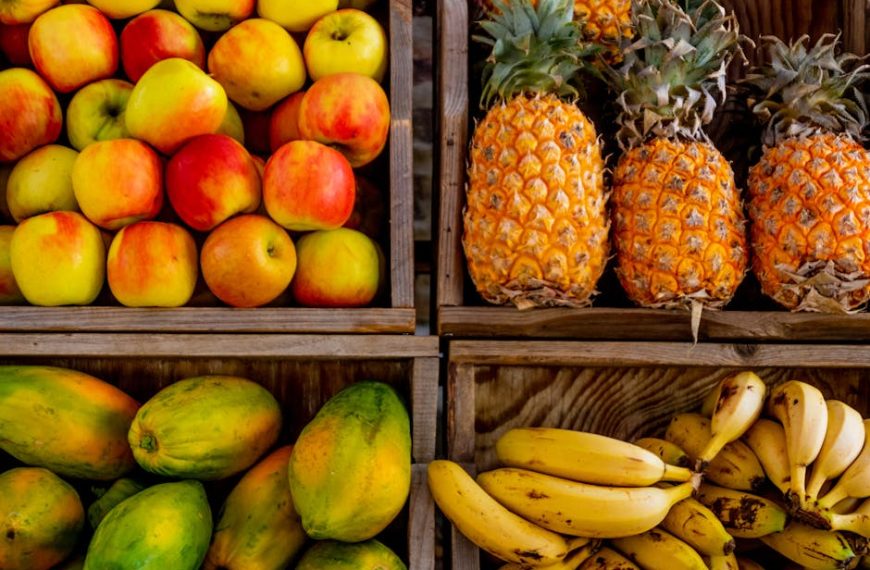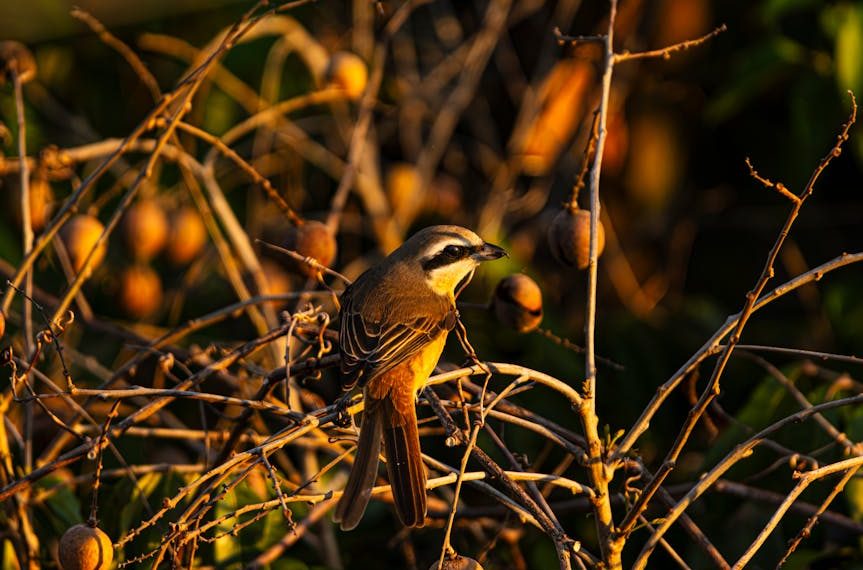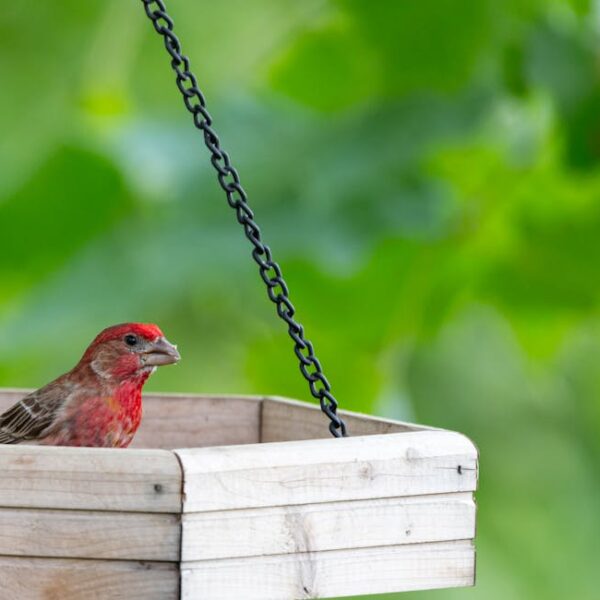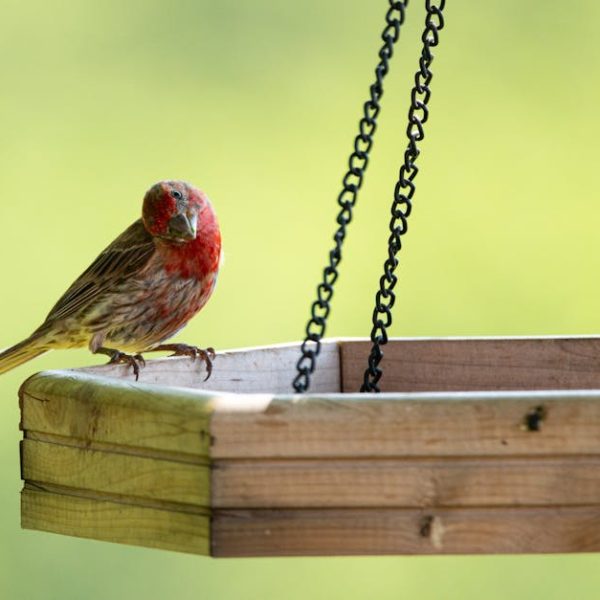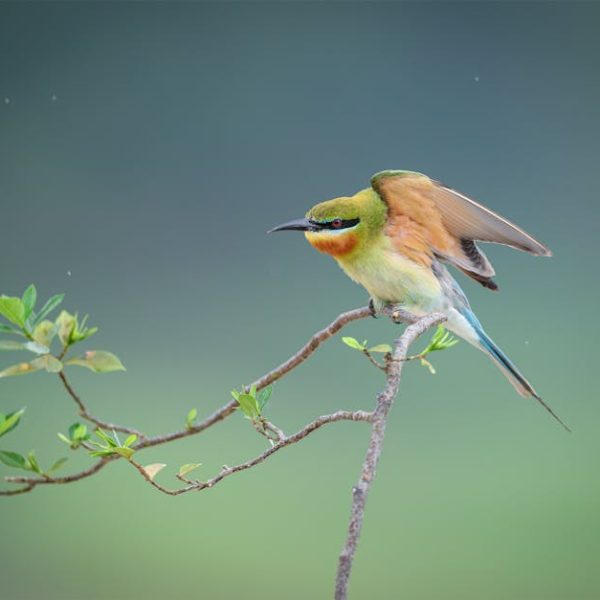Understanding the diverse spectrum of tropical birds begins with exploring their unique feeding habits. Unlike their counterparts in temperate zones, these colourful and charismatic creatures live in regions buzzing with year-round life. Therefore, their feeding habits have not been dictated merely by survival, but by the abundance and diversity of food sources.
Each species of tropical birds have their primary food sources. For instance, toucans predominantly feed on fruits due to their large bills suited for plucking and eating fruits. Flamingoes, on the other hand, are filter feeders relying on microscopic organisms present in their freshwater habitats. Then, we see the insectivorous birds like flycatchers, using their agile flight patterns to prey upon flying insects.
Best Practice
Identifying a tropical bird based on its diet is an integral part of birdwatching. By observing what they consume and how they eat, you can discern their species, habitats and behaviour. Is the bird using its bill to dig the soil, or is it swooping down on flying insects, or is it lapping up nectar from a flower? With this knowledge, one starts to appreciate the intricate balance in nature.
Dietary Diversity among Different Tropical Bird Species
The dietary diversity among tropical birds is a testament to the varying ecosystems they inhabit. For example, parrots, with their strong beaks, primarily feed on seeds and nuts, while hummingbirds are adapted to drinking nectar from flowers. The highly specialized Hawfinch uses its robust bill to crack open hard cherry stones.
Comparing these diets, each has its benefits. Fruit and nectar diets, common among parrots and hummingbirds, present a rich source of vitamins and quick energy intake, while insect-eating birds like estrildid finches benefit from high-protein sources.
Pro Tip
Observing dietary diversity among tropical birds is an accessible introduction to understanding the ecological diversity of a region. A vibrant, busy bird life indicates a healthy, productive ecosystem, and studying this avian variety can give us an essential snapshot of an area’s biodiversity.
Adaptations That Assist Tropical Birds in Their Feeding
Nature, in its ingenious ways, has equipped tropical birds with various adaptations to exploit niches in the environment. The adaptations are not just physical but also behavioural.
For instance, species like the hornbills and toucans possess large, strong bills to break open fruits and seeds. Others like flamingos have bill and tongue structures that allow them to filter their food from the water. On a behaviour adaptation level, some birds like honeyguides lead mammals to bee colonies, enjoying the spoils when the mammal breaks open the hive.
Pro Tip
These ingenious adaptations underline the complexity of nature’s design. By learning about these adaptations, one not only appreciates the avian world better but also learns about the co-dependencies and intricate relationships that exist in our ecosystems.
Influence of Seasonality on Tropical Birds’ Diets
While tropical regions usually boast an abundance of food throughout the year, sometimes the local climates and seasons can impact the availability of certain food sources. For instance, dry seasons could lead to fewer insects, impacting the diet of insectivorous birds directly.
Rainy or nesting seasons may even influence dietary changes. Some birds, like the Olive-backed Sunbird, shift their diet from nectar to insects during the breeding season, as insects provide more protein for growing chicks.
Checklist
Here’s a brief checklist on how you can spot these changes:
- Monitor the bird species during different seasons.
- Record their primary food sources in each season.
- Look for changes in their feeding habits, for instance, are they switching from frugivorous to insectivorous?
Pro Tip
By understanding seasonality changes and their impact on bird diets, birdwatchers and bird lovers can enhance their birding experience and gain a deeper appreciation for these vibrant creatures’ adaptability.
Impact of Human Activities on Tropical Birds’ Diets
Over the past few decades, anthropogenic activities (activities caused by humans) such as deforestation, urbanization, and agriculture, have dramatically affected tropical bird habitats. They have led to the loss of native food sources, forcing many birds to adjust their diets drastically.
For instance, some fruit-eating birds have been seen consuming human-produced foods in city parks, while others may turn to farming lands when their native forests disappear.
Comparisons
Here’s a comparison of a few species’ diets before and after urbanization and deforestation:
| Species | Diet before anthropogenic activity | Diet after anthropogenic activity |
|---|---|---|
| Parrots | Fruits and seeds from the wild | Seeds and fruits from urban trees or farm fields |
| Flamingoes | Microscopic organisms from freshwater | Alternate water sources like sewage water |
| Flycatchers | Forest insects | Insects from open lands and urban locations |
Best Practice
As individuals, we may not halt deforestation or urban sprawl instantly, but small steps can make a difference. Consider introducing indigenous trees and plants into gardens and urban spaces, reducing the use of pesticides, and supporting local conservation efforts. These measures protect and sustain the habitats of our tropical feathered friends. Together, we can ensure these birds continue to thrive and showcase the beauty of the intricate ecological interconnectedness of our world.
Key Takeaway:
- Tropical bird species have diverse diet patterns, influenced by the abundance of food sources in their habitats. This dietary diversity can help us understand the richness of the ecosystems they inhabit.
- Physical and behavioural adaptations of tropical birds highlight nature’s complexity, allowing these birds to exploit niches in their environments successfully.
- Seasonality can influence the diets of these birds, with changes in local climates impacting the availability of specific food sources.
- Human activities, such as deforestation and urbanization, significantly affect tropical bird habitats, leading to changes in their diet and, in some instances, the loss of their native food sources.
Our colorful, charismatic friends from the tropics showcase the intricate ecological web of life through their varied diets and adaptations. As sustainable and responsible inhabitants of this planet, our role involves understanding these birds and their habitats better and taking steps to ensure their protection. Encouraging local conservation and maintaining the diversity of food sources can ensure these unique species continue enchanting us with their vibrancy and diversity.
FAQs
Q: How does the diet of a tropical bird differ from that of a bird in temperate zones?
A: Tropical birds typically have more diverse diets due to the year-round availability of various food sources in their habitats. Their feeding habits range from being fruit-eating, nectar-drinking, to insect-eating. Birds in temperate zones, on the other hand, may have a more restrictive diet due to seasonal changes in food availability.
Q: Why do some birds change their diet depending on the season?
A: Seasonal changes can affect the availability of certain food sources. For example, a dry season may lead to fewer insects, directly affecting the diet of insectivorous birds. Some birds even alter their diet during breeding seasons to provide their chicks with more protein-rich food.
Q: What adaptations do tropical birds possess to assist in their feeding?
A: Tropical birds have various physical and behavioral adaptations. Physically, birds like hornbills and toucans have large, strong bills to break open foods. Behaviorally, some birds collaborate with other species to gain access to food.
Q: How have human activities, such as deforestation and urbanization, affected the diets of tropical birds?
A: Deforestation and urbanization have led to the loss of native food sources for tropical birds. As a result, many of these birds have had to adapt their diets to survive, with some eating from human-produced foods in city parks and others foraging in farming lands.
Q: What steps can I take as an individual to protect tropical bird habitats?
A: As an individual, you can make a difference by introducing indigenous trees and plants into gardens, reducing the use of pesticides, and supporting local conservation efforts. These actions can protect and sustain the habitats of tropical birds and help maintain biodiversity.
Do you find this article insightful? Share it with others who may appreciate learning about tropical birds! Interested in more such posts? Explore our website to delve deeper into the fascinating world of nature.


